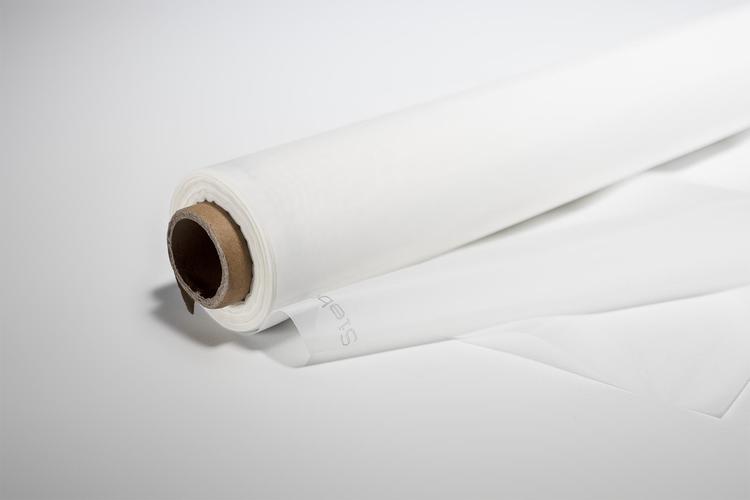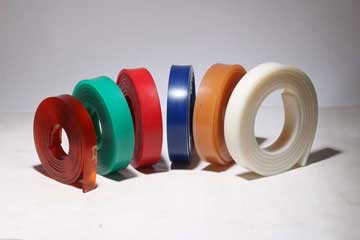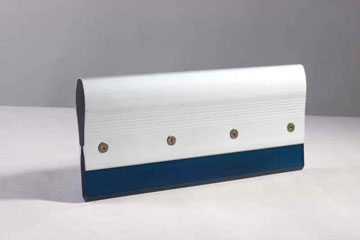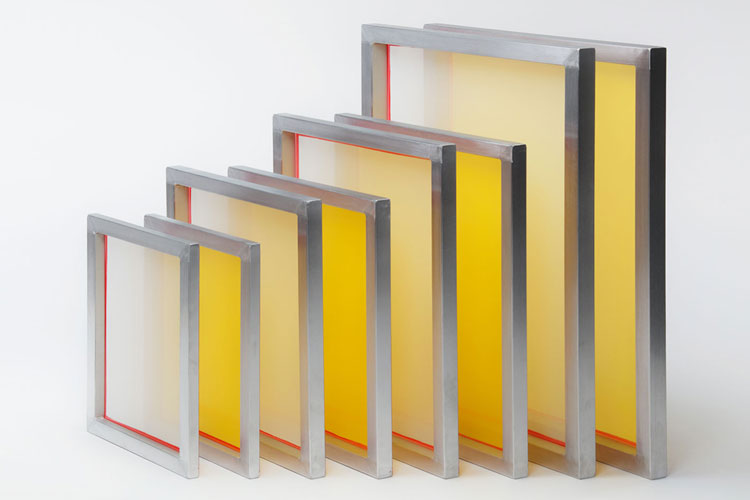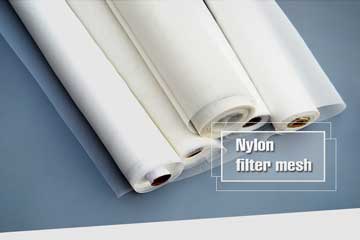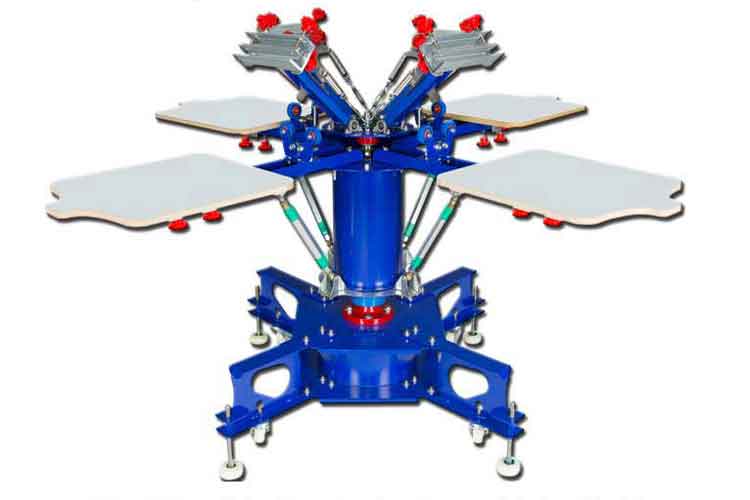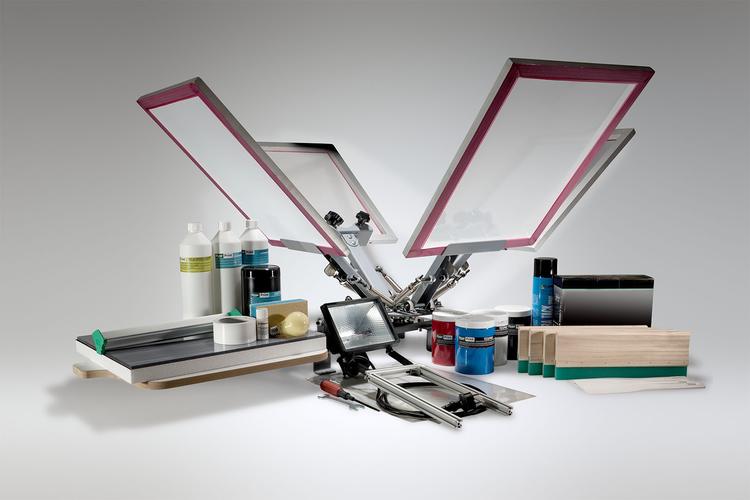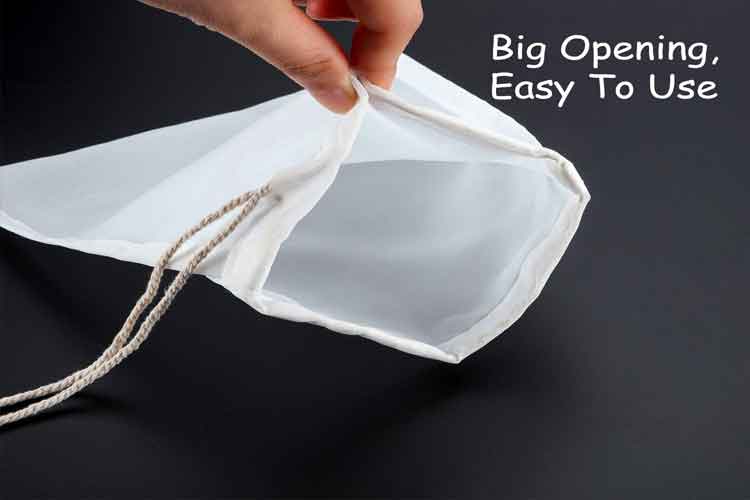Working Process of Rotary Screen Printing Machine
Due to the semi-continuous process, low productivity, and non-continuous patterns of flat-bed screen printing, inventive machine makers developed rotary screen printing. The idea was first proposed in 1947 in Portugal, but the initial commercial machine w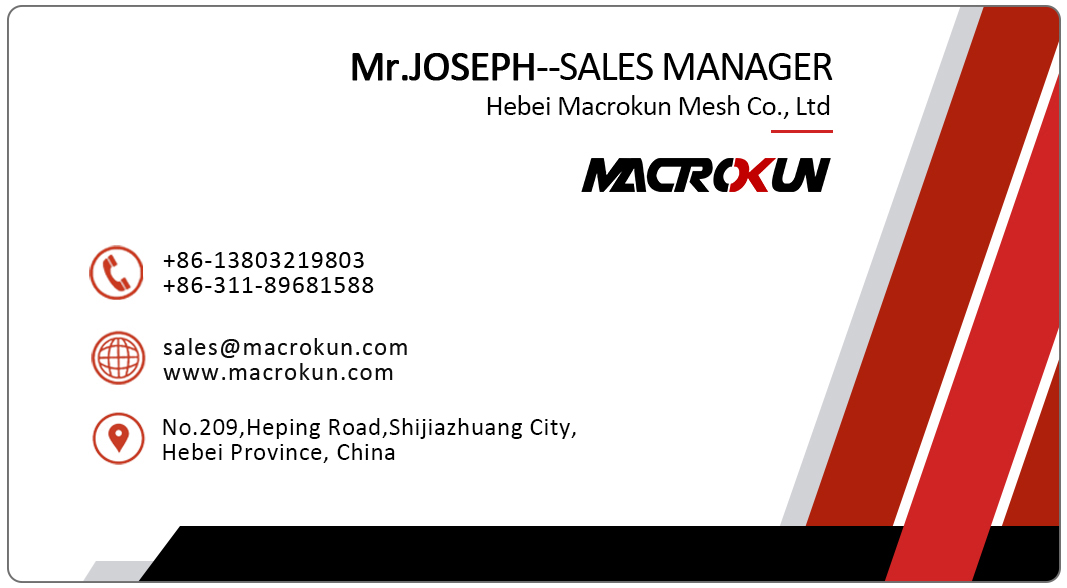
Due to the semi-continuous process, low productivity, and non-continuous patterns of flat-bed screen printing, inventive machine makers developed rotary screen printing. The idea was first proposed in 1947 in Portugal, but the initial commercial machine was first introduced by Stork (Holland) at the ITMA show in Germany in 1963. In concept, the idea is to take a flat screen and simply shape it into a roll by sealing the ends of the flat screen together. The simple modification converts a semi-continuous process to a continuous one. However, initially there were many technical hurdles to overcome before rotary Screen Printing machines became practical.
In basic operation, rotary screen and flat screen-printing machines are very similar. Both use the same type of in-feed device, glue trough, rotating blanket (print table), dryer, and fixation equipment. The process involves initially feeding fabric onto the rubber blanket. As the fabric travels under the rotary screens, the screens turn with the fabric. Print paste is continuously fed to the interior of the screen through a color bar or pipe. As the screen rotates, the squeegee device pushes print paste through the design areas of the screen onto the fabric. As in flat-bed screen printing, only one color can be printed by each screen. After print application, the process is the same as flat screen printing.
By converting the screen-printing process from semi-continuous to continuous, higher production speeds are obtained. Typical speeds are from 50-120 ypm (45-100 mpm) for rotary screen printing depending upon design complexity and fabric construction. Initially, no continuous patterns such as stripes were available with this method due to the seams in the rotary screens. However, with the development of seamless screens, continuous patterns such as linear stripes or plaids became possible. Rotary screen machines are more compact than flat screen machines for the same number of colors in the pattern. Therefore, they use less plant floor space.
Also with rotary screens, the size of the design repeat is dependent upon the circumference of the screens. This was initially seen as a disadvantage, because the first rotary screens were small in diameter. However, with today’s equipment, screens are available in a range of sizes and are no longer considered design limited. The fact is that today’s rotary screen machines are highly productive, allow for the quick changeover of patterns, have few design limitations, and can be used for both continuous and discontinuous patterns. Estimates indicate that this technique controls approximately 65% of the printed fabric market worldwide. The principle disadvantage of rotary screen printing is the high fixed cost of the equipment. The machines are generally not profitable for short yardages of widely varying patterns, because of the clean-up and machine down time when changing patterns. Flat screen printing is much more suitable for high pile fabrics, because only one squeegee pass is available with rotary screen. However, rotary machines are used for carpet and other types of pile fabrics.
Tags: 0.1 micron filter bag 0.5 micron filter bag 1 micron filter bag 50 micron filter bag 25 micron filter bag 10 micron filter bag 1000 micron filter bag 5 micron filter bag micron filter bag micron filter bags 25 micron filter bags 100 micron filter bag 180 micron filter bag 250 micron filter bag 200 micron filter bag 200 micron filter bags 100 micron filter bags 1 micron filter bags micron filter bags near me 05 micron filter bag 30 micron filter bag 150 micron filter bag 10 micron filter bags 200 micron filter bag wholesale 0.1 micron filter bag wholesale 500 micron filter bag 400 micron filter bag 50 micron filter bag wholesale 400 micron filter bag wholesale 20 micron filter bag 0.1 micron filter bag factory in china 500 micron filter bag factory in china 20 micron filter bag wholesale 5 micron filter bag wholesale 250 micron filter bag factory in china 150 micron filter bag wholesale in china micron filter bag wholesale in china 190 micron filter bag 400 micron filter bag factory in china
Pre:How to buy T-shirt screen printing machine
Next:6-colour 6-station double wheel rotatory screen printing machine T-shirt Heavy Duty DIY
Tags:
